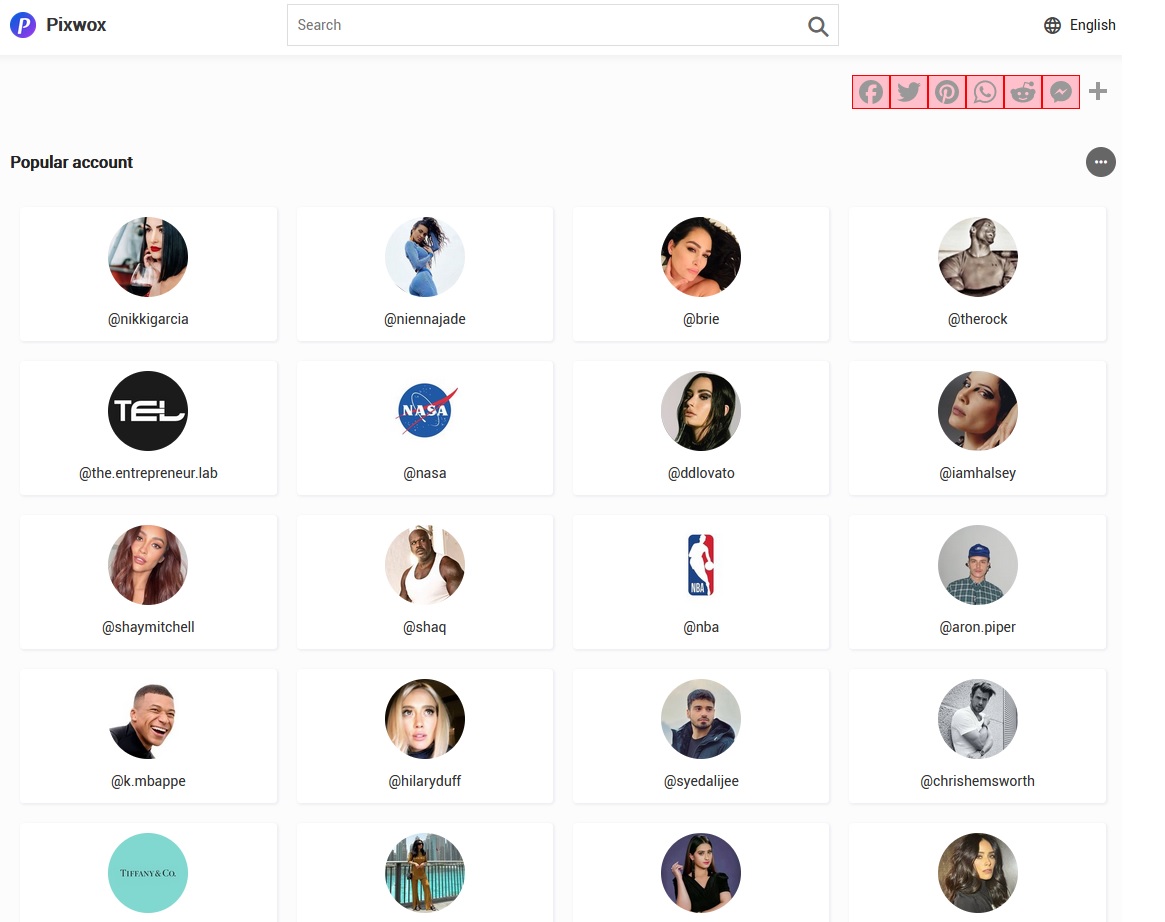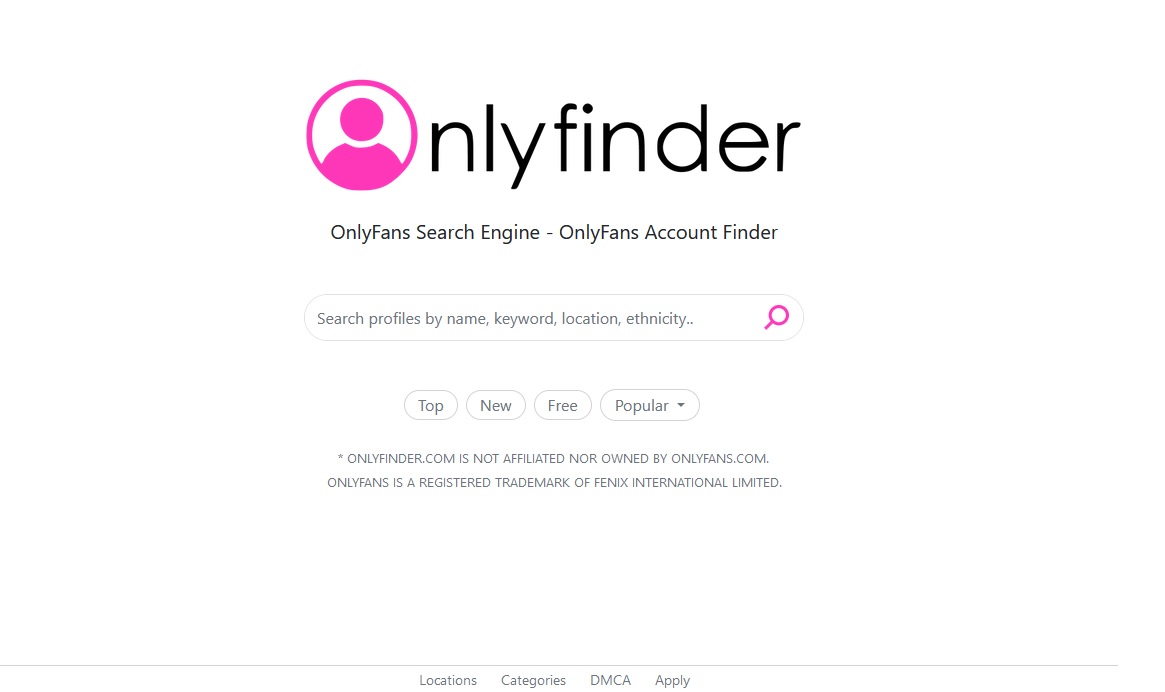Terms such as OTT and CTV have been popular among the advertising industry in recent years. But many people are still confused about what these acronyms mean. Are they the same thing? Are they different? What do they have in common? And how can advertising companies benefit from them?
CTV vs. OTT – The Basics
CTV stands for connected TV. OTT stands for Over the Top. It is very common for people to think these two terms mean the same thing. And they are often interchanged in many markets. But they actually do not mean the same thing.
OTT means that you are getting content “over the top” of an infrastructure provider. For example, if you are buying your internet service from one provider, such as Comcast (who also offers cable TV), and you are using that internet service to access Hulu (a streaming service that could compete against Comcast in many ways) you are using the bandwidth provider to access another layer of content. Therefore, you are using one service to get access to another.
CTV, on the other hand, is the device that you use to access the content with. Everyone who watches OTT content needs a CTV device to access it. The content is streamed into an internet connected app, like Netflix or Hulu, that is on a smart TV or another similar device.
The IAB definition of OTT is any device that you can connect to a TV that allows for video to be delivered. That video comes from the internet instead of the traditional coaxial cable or from a satellite dish.
Some people are confused as to why OTT stands for over the top. It is a term that emerged due to the streaming devices that were used which once physically sat “over the top” of the television set or on top of the cable box you were using. Yet now, many of the CTV devices are not designed to sit over the top of anything. Most will usually plug directly into the back of your smart TV instead.
Learn how to use CTV with geofencing advertising and proximity advertising/marketing
While they are technically two different things. CTV and OTT are speaking of the same thing. It is how we access streaming content using our regular television or smart tv, by connected a variety of devices which have access to our home’s Wi-Fi or wired internet connection.
How Can Advertisers Benefit from OTT and CTV Devices?
Because CTV Devices and streaming content have become a popular choice among TV viewers, many advertisers who relied on broadcast or cable TV for airing their commercials have concerns about their ad viewership.
But the CTV advertising industry is growing at a rapid pace, and many experts in the marketing industry are beginning to see just how resourceful it can be to advertise a variety of products using these new methods. Advertisers should not view CTV and OTT as a threat to their industry, but instead as a brand new chapter and a way to reach out to consumers easily.








Add Comment